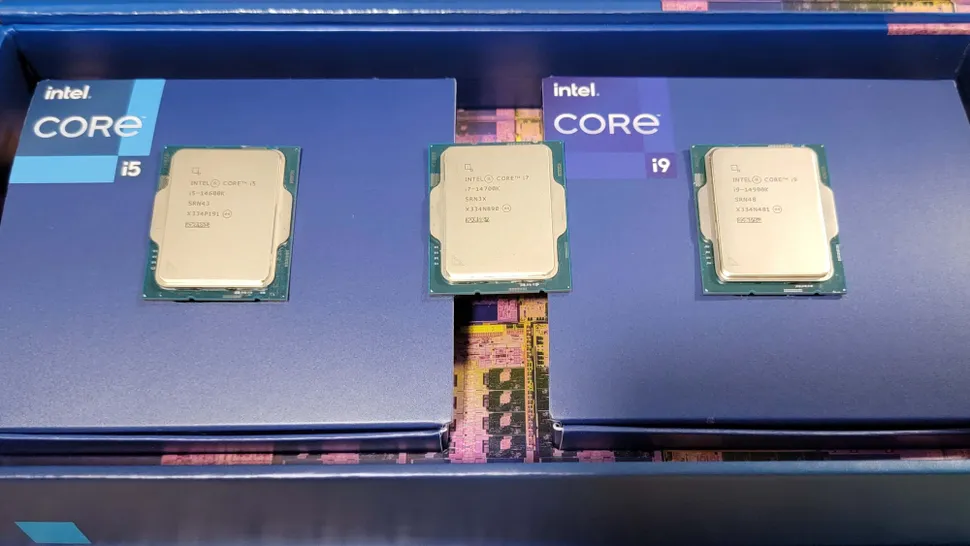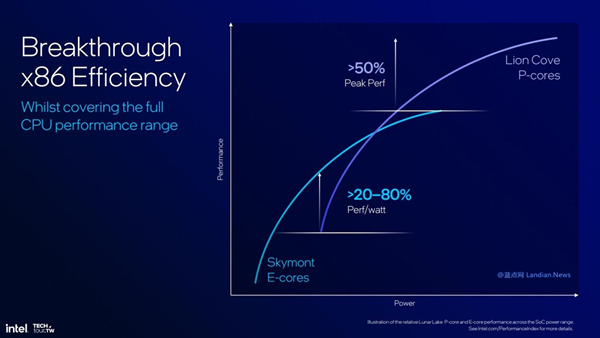Intel Announces Largest Layoff in Company History: 17,000 Positions Cut by Year-End, Including R&D Department
Intel, a leading processor manufacturer, recently announced a comprehensive cost-reduction plan, including a suspension of dividends to shareholders starting from Q4 2024 until the company's cash flow significantly improves.
In a financial earnings call, Intel's CEO, Pat Gelsinger, revealed serious capacity issues with the Meteor Lake processors, negatively impacting the company's profits. Intel reported a $1.6 billion loss for the quarter, leading to the cancellation of some underperforming products to save costs.
In terms of cost reduction, Intel has announced significant layoffs: the plan is to reduce its workforce by over 15% by the end of the year. With a total employee count of 116,500, this means approximately 15,000 to 17,475 Intel employees will be affected, marking the largest scale layoffs in Intel's history.
Traditionally, layoffs start with the marketing department, but this time, Intel is also making cuts in the R&D department, which is puzzling given that R&D is crucial for any technology-oriented company's core technologies.
Gelsinger has stated that the restructuring and layoffs are expected to save Intel $10 billion by 2025, aiding the company through its current difficulties, with the suspension of dividends to shareholders being part of the plan.
Analysts on social media platforms like X/Twitter have shared insights from Gelsinger regarding the yield issues of the Meteor Lake series processors. Intel had previously mentioned an inability to meet OEM manufacturers' demands for Meteor Lake processors, primarily due to insufficient packaging capabilities.
However, Gelsinger revealed in the earnings call that yield issues have increased the demand for "hot lots," which means accelerating wafer production, resulting in costs significantly higher than in normal operations.
Intel's 18A process node continues to progress as planned, with production expected to commence by the end of this year and volume production of wafers beginning in the first half of 2025.










